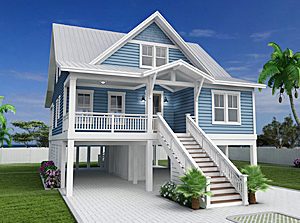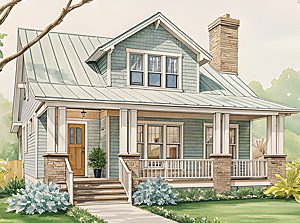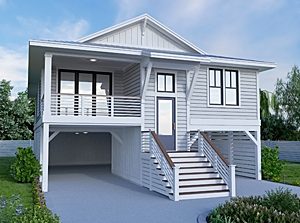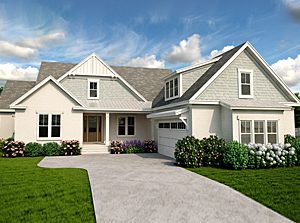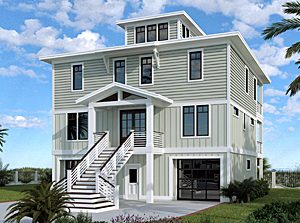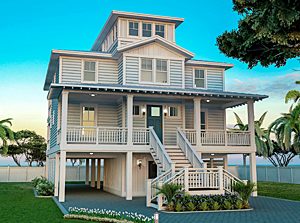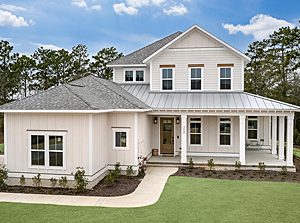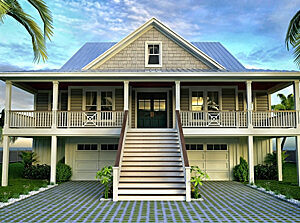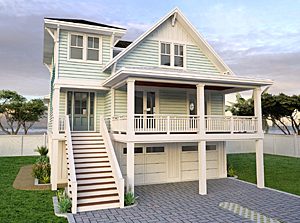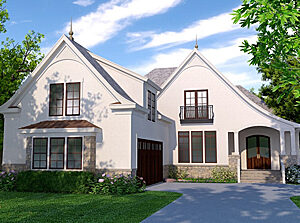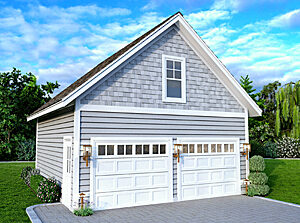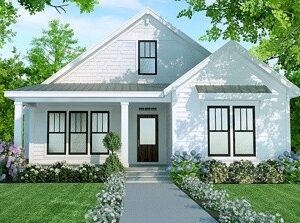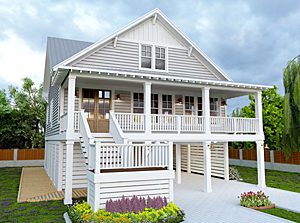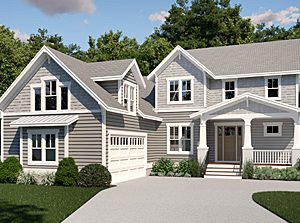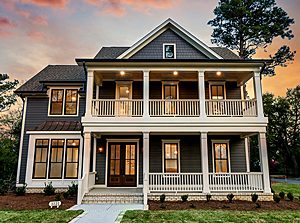When you want to reduce your carbon footprint and save on energy bills, making your home more energy efficient is the best place to start.
Most people need help figuring out where to start regarding home energy efficiency. But the truth is that making your home more eco-friendly and wasting less energy is simpler than you think.
So how can you get started? The below tips will have you well on your way to lowering those energy bills, making your home more environmentally friendly, and keeping your property efficient!
Track Your Home’s Energy Consumption
Identifying areas where you can save energy is a great place to start. This way, you can see where you are using too much power and where you can save energy, leading to cost savings and a smaller carbon footprint.
But how can you track energy consumption?
Get an Energy Audit
An audit helps you understand your home’s energy usage, pinpointing areas where power is wasted. A thorough assessment can reveal potential issues like heat loss or inefficient appliances that inflate your heating bills and increase your carbon footprint. An energy audit provides the necessary data and insight for you to make influential changes to your home’s energy consumption.
Use Smart Plugs
Smart plugs are designed for smaller appliances (think a lamp rather than a fridge) and can help you see how much energy your favorite devices use. You can also use smart plugs to turn on and off lamps, crock pots, and even space heaters before you get home. However, keep in mind that not all smart plugs have an energy-tracking feature.
Try a Whole-House Energy Monitor
Want to track the energy from more than just certain outlets? A whole-house energy monitoring system can help you do just that. These devices connect to your energy meter and can upload results to an app, allowing you to see where most of your energy is being used. You can then use this information to make adjustments, such as unplugging unused appliances, upgrading to energy-efficient ones, or using smart plugs to control energy use.
Upgrade to Energy-Efficient Appliances
Household appliances, such as water heaters, AC units, dryers, and stoves, can use a significant amount of energy.
Older appliances tend to use more energy, so swapping out older appliances for modern, energy-efficient ones can make a huge difference.
This simple change can significantly reduce energy bills and overall energy consumption. Although these appliances can cost more initially, they have the potential to save you thousands of dollars over the lifetime of the machine.
Consider a Smarter Home
Imagine a home that learns your habits and adjusts accordingly to save energy. This isn’t science fiction–it’s the power of smart thermostats.
Smart thermostats make energy-saving adjustments automatically, especially when paired with sensors. Sensors can detect the temperature throughout your home, adjusting your HVAC system as needed to ensure optimal temperature.
The result? More cost savings, less of a carbon footprint, and a more comfortable, efficient home for you and your family.
Fix Your Insulation
One of the easiest ways to boost your home’s energy efficiency is to check your insulation. Insulation plays an integral role in helping your home maintain its temperature, from staying cooler in the summer to warmer in the winter.
Proper insulation can significantly reduce heat loss and increase overall energy efficiency. This is especially true in older homes that may not have been built with energy conservation in mind and are typically lacking adequate insulation.
As a bonus, maintaining your insulation can also help support the longevity of your roofing system and encourage proper airflow from your attic, reducing the risk of mold or mildew growth.
Check Windows and Doors
Windows and doors are crucial to a functioning home, yet they can be a major source of heat loss, especially in older homes.
Making sure your windows function properly, including shutting and locking, can help prevent heat transfer, allowing your home to stay cooler in the warmer months and cozier in the winter. If your windows are drafty, it may be time for new windows.
If your windows are more than a few decades old, upgrading them to energy-efficient double or even triple-paned windows can significantly improve your home’s energy efficiency. The same goes for entry and patio doors in your home!
Optimizing Air Circulation for Efficient Heating
Did you know a simple tweak in your ceiling fan can save you money on heating bills? In the cooler months, reversing the direction of your fans helps blow warm air downwards.
This easy adjustment redistributes heated air evenly across the room, reducing reliance on heating systems and appliances and promoting energy efficiency. Well-distributed heat means less work for your heater, along with a more comfortable home and more cost savings for you!
Switching to Energy-Efficient Lighting Solutions
Swapping traditional light bulbs for energy-efficient LEDs can be a game-changer for making your home more energy-efficient.
This simple switch offers multiple benefits, including significant cost savings on electricity bills and reduced carbon footprint due to lower power consumption. In addition, LED lights tend to last significantly longer than traditional bulbs.
Remember, every little bit counts when it comes to saving energy, so don’t discount the benefits of switching out your light bulbs!
FAQs About How to Make Your Home More Energy Efficient
What are some energy-saving tips?
Consider investing in smart devices, optimizing air circulation, switching to LED lighting solutions, and getting regular home energy audits. Also, swap major energy-consuming appliances for energy-efficient ones, or unplug those not used regularly.
What are the energy-saving tips to reduce energy use at home?
Monitor your home’s energy usage with smart plugs, devices, or apps. Consider upgrading to energy-efficient appliances and switching to a smart thermostat. Optimize heating by reversing ceiling fans during winter.
What can make a house more energy efficient?
A house becomes more efficient through proper insulation, using smart thermostats with sensors for optimal temperature settings, and replacing older appliances with newer models that consume less power. Double-paned windows and doors can also make a big difference!
What is the first step in making a home more energy efficient?
The first step towards an efficient home is understanding your energy consumption, so consider getting a home energy audit or using a whole-house energy monitor to see where your biggest energy users are.
Don’t Ignore the Power of Energy Efficiency
Making your home more energy efficient doesn’t just benefit you and your family–it has big benefits for the environment. Don’t ignore the power of boosting your home’s energy efficiency. It could be an integral part of lowering your bills and reducing your carbon footprint!
SDC House Plans offers comprehensive blueprints that incorporate these principles of sustainability right from the get-go, so you never have to worry whether your home is efficient. Join us as we design homes that embody efficiency without compromising on comfort or style.



